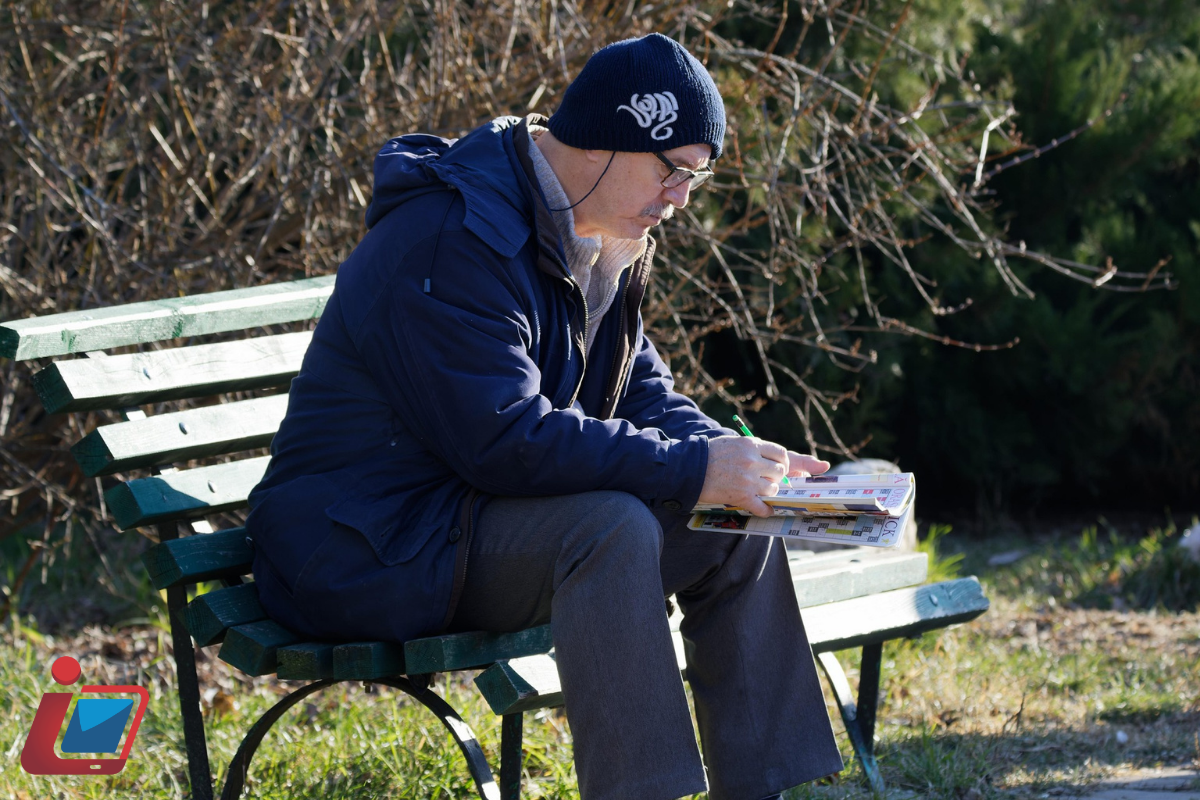Introduction Tackling the NYT Crossword
Tackling the NYT Crossword: Crossword puzzles have become as recurring as basic habits to a lot of people, as intake of New York Times are some of the most common patterns in eating. There are challenges in their intricacies, their puzzles come with challenges that test your brain and make sure that is functioning above normal levels. Even experienced people in solving puzzles would say that there level of complexity is puzzling i.e the underlying logical structure of some of their clues can be oftentimes too simple or too complicated.
Picture having a cup of coffee while casually thinking about cleverness that is out of your reach. An experience like that at times brings blissful results but at times can be aggravating. What makes this so immersive? Even the hardest of clues fits perfectly into place while at the same time keeping you on your toes! Did you think like that? Now let’s explore some tips on finishing the most difficult puzzles of NYT Crosswords.
Why Solving Crossword Clues is Beneficial
New York times is multi-tasking in strategic form, this increases the performance of a person’s brain and chose what is the most appropriate option. If it is true that words have limits make sure to cross those limits, in line of the puzzle making sure to pick vocabulary that best fits and surpasses the ordinary.
Completing crosswords will aid your memory as well. When you try to remember different facts or phrases, you are using your brain’s ability to retain information. This could help improve attention and focus over a period of time.
Furthermore, nothing is as satisfying as filling those missing answers. An achievement this rewarding can energize you for the rest of the day while also equipping you with motivation for future crosswords.
Solving crosswords is also very good from a social aspect. Joining clubs or casually discussing tactics with friends form new relationships while also making doing the NYT Crossword even more enjoyable.
Tackling Problematic NYT Crossword Clues
When dealing with a problematic clue, the first thing I do is try to simplify it. Look for words or phrases that define the answer.
Consider wordplay and puns. Many clues depend upon linguistic plays. If some part does not make immediate sense think in a different way.
Examine the length of the answer. This will give you a fair idea of what the answer can be.
Starting with the easier answers will help provide you a base to work with. Those spaces that have been filled often contain hints in the form of letters for the more difficult clues.
If you feel stuck, don’t be afraid to skip ahead for a bit. Looking at the page from a different angle can help provide new insights. Ideas tend to flow differently when you look at different sections after taking some time to rethink what you previously did.
Make sure to set aside some time to do this often! You’ll slowly become more accustomed to common ideas and patterns, allowing you to solve the problems with greater ease over time.
Wise Words From Expert Puzzlers
When it comes to the NYT Crossword, expert puzzlers have a plethora of tips to offer for solving it. One famous piece of wisdom is starting with the easy clues first. This helps boost your confidence and solves the letters that are essential to fill out the harder ones to help get cracked.
Clue wordplay is another strategy that can be very useful. A great number of clues are constructed using puns and double meanings, so creativity is key. Get accustomed to crosswodese: those strange words that usually show up such as “ero” for “poet” and “oleo” for “margarine.”
Time management is also very important here. Make sure you block off some time to resolve the issure without any outside interruptions so you can truly focus on the puzzle.
For those more intricate parts of the puzzle, don’t be shy to try taking breaks if you really need to. Fresh eyes tend to provide a lot of breakthroughs for problems within the tricking sections of the puzzle grid.
Using Online Resources for Help
The internet has become the greatest resource for anyone looking to solve the NYT Crossword. There are websites such as crosswordsolver.com and xwordinfo.com that provide answers, suggestions, and tips for certain puzzles.
Forums also serve a great purpose. Reddit and Facebook have communities where people can interact, allowing strategies and solutions to be shared among classmates instantly.
YouTube can provide help as well! Several puzzlers upload videos of them solving daily crosswords, narrating their process for everyone’s understanding.
Apps on mobile devices can be another useful method to consider. These apps contain features that enable users to practice even when they are not sitting in front of a computer.
There are so many help resources available, don’t be afraid to ask for help when you feel stuck. It could be part of the enjoyment involved in those tough clues!
Common Mistakes to Avoid
One mistake people tend to make is not diversifying their approaches towards clues. Taking your time instead allows you to think deeper which could lead to those “aha!” moments.
Another common mistake is not understanding the theme of the puzzle. Oftentimes, clever twists are present that lead you toward answers but failing to identify prevents you from solving “easy” clues.
Many diferent types of puzzle solvers often forget to revisit their letters while answering the question in the exam. One misplaced letter can misalign an entire portion of the puzzle. Always double check before accepting your answer.
In addition, it is fine to ask for help where you feel overwhelmed. Being stubborn can be very timewasting and frustrating.
Try not to dwell sore obscure facts for complicated words. The most obvious solution is often the one that you least expect.
Conclusion
Completing the New York Times crossword is sure to be an adventure. Moreover, everything seems easy to achieve with enough effort and their most difficult it down clues become easy. Always look forward to problems as new puzzles that require critical thinking skills.
Act upon the advice of professional puzzle solvers and don’t hesitate to make use of the available information on the internet. And try not to fall into excuses since they are very easy, thinking too much or being too stuck to one way of solving a single clue.
Speak to other people who solve puzzles for tips and inspiration because they can help change your experience in a fun way. Appreciate the journey, and notice the slow changes as you continue to complete more grids.



